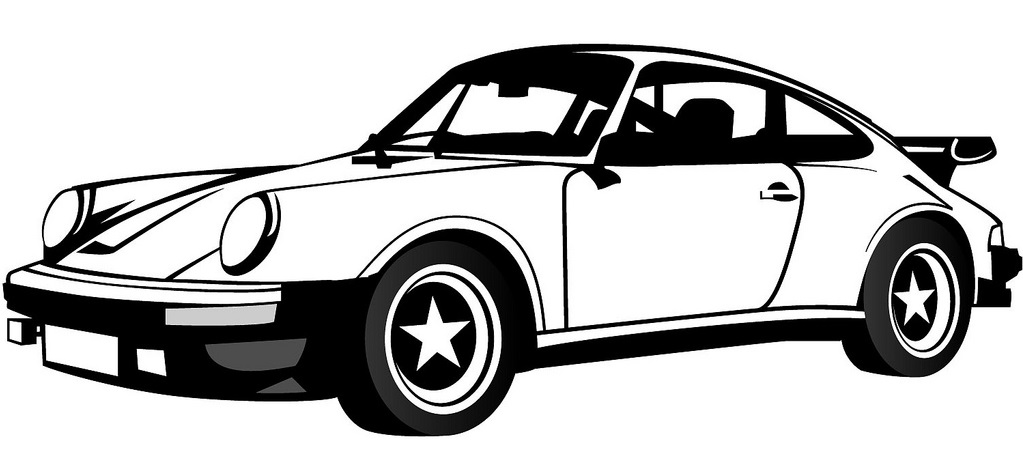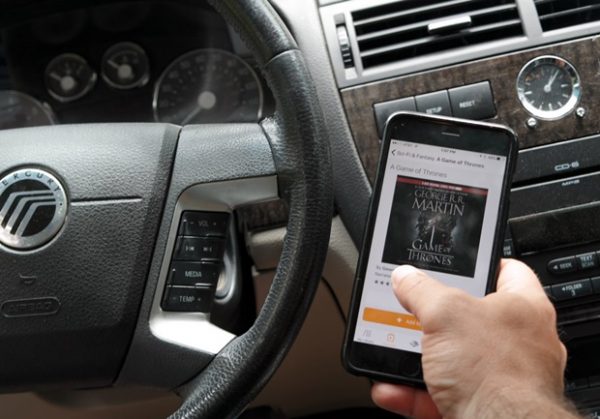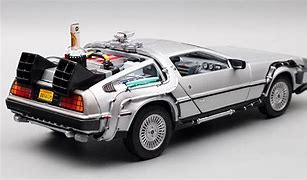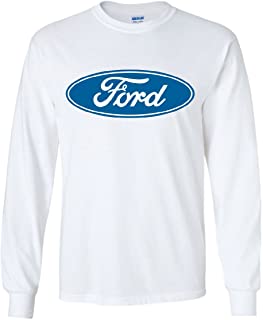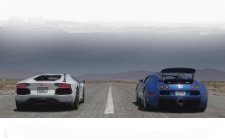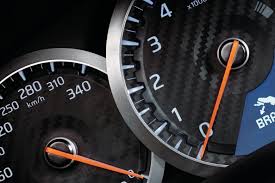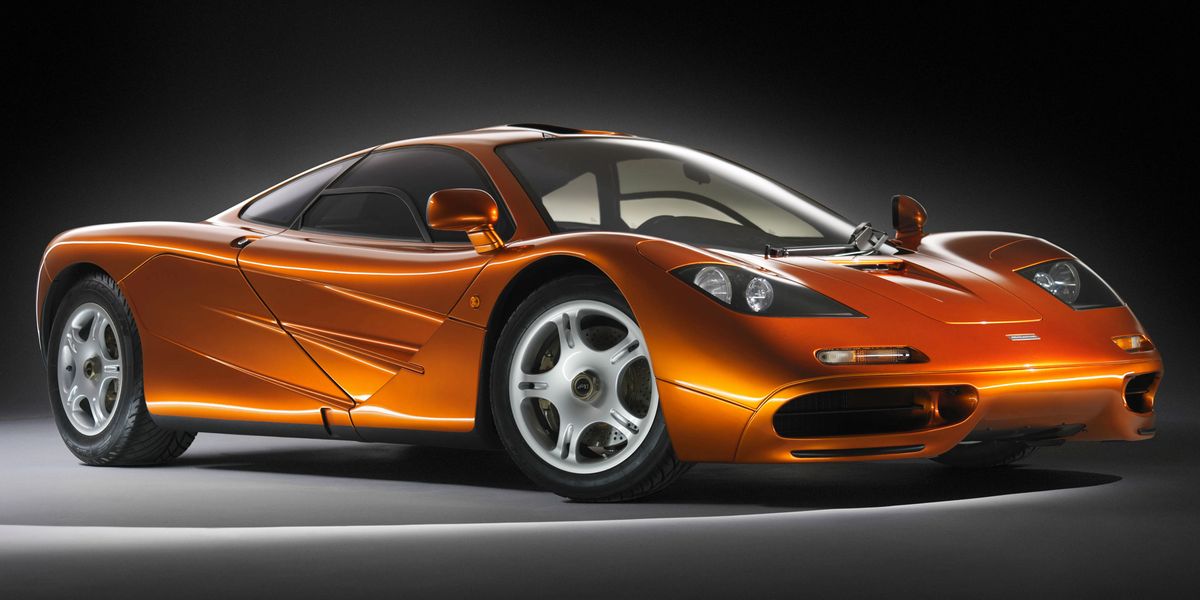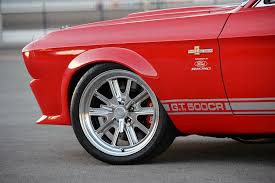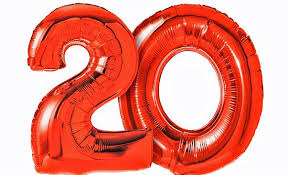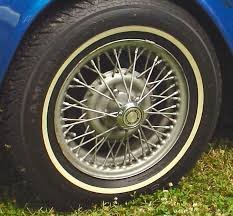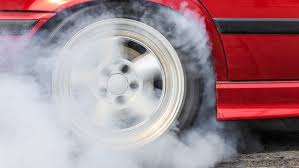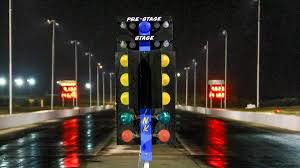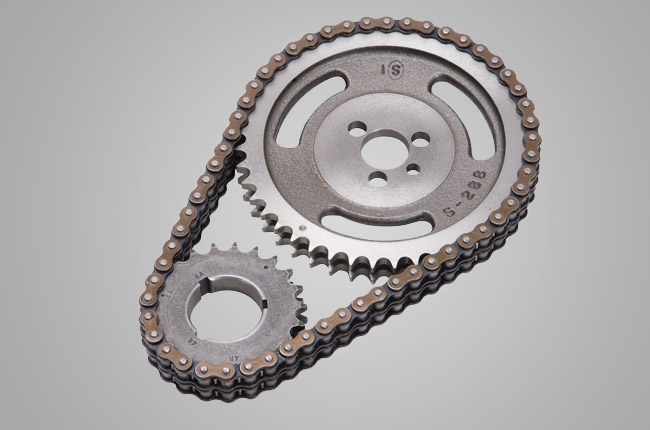A brief history of
Rover
Introduction
The car manufacturer Rover has made an important impact on the automotive world. In this article we will give a brief but detailed history of the Rover marque.
We will look at the origins of Rover looking at who, why, where and when Rover was founded. We'll look at the design of the iconic Rover logo and what are some the more significant Rover models.
We'll take a glance at what racing history the Rover has and who some of the most important people have been in the history of Rover over the years.
Who, where, when and why was
Rover founded?
Rover, the iconic British car manufacturer, was founded by John Kemp Starley in 1878. Starley, an innovative engineer and inventor, established the company with the vision of producing bicycles that would revolutionize transportation. The origins of Rover lie in the realm of cycling, which would later pave the way for the company's foray into automobile manufacturing.
John Kemp Starley founded the Rover Company in Coventry, England. Coventry was a thriving industrial city with a strong engineering heritage, making it an ideal location for the company's operations. The city's proximity to skilled labor, raw materials, and transportation networks played a crucial role in Rover's early success and growth.
The decision to establish Rover as a bicycle manufacturer was driven by the growing popularity of cycling as a means of transportation in the late 19th century. Starley recognized the potential of bicycles as a practical and efficient mode of transportation and sought to develop innovative designs to enhance their performance and usability. The Rover Safety Bicycle, introduced in 1885, was a groundbreaking creation that featured a diamond-shaped frame, chain drive, and pneumatic tires. It quickly gained popularity and established Rover as a leading bicycle manufacturer.
However, the founders of Rover had a broader vision beyond bicycles. The growing interest in motorized vehicles presented an opportunity for expansion. In 1901, Rover entered the world of automobile manufacturing, launching its first motorcar, the Rover Eight. This marked a significant milestone in the company's history, as it shifted its focus from bicycles to automobiles.
Rover's entry into the automobile industry was motivated by the belief that the future of transportation lay in motor vehicles. The founders recognized the potential of automobiles to transform society and sought to contribute to this emerging field. By leveraging their expertise in engineering and manufacturing, Rover aimed to produce automobiles that combined quality, performance, and innovation.
Rover's commitment to engineering excellence and innovation propelled the company forward. Throughout the early 20th century, Rover introduced several notable models that showcased their technical prowess. In the 1920s, the company gained recognition for its advanced engine designs and innovative suspension systems. The Rover Meteor, introduced in the 1930s, featured an all-aluminum engine, highlighting Rover's dedication to cutting-edge technology.
Over the years, Rover continued to evolve and diversify its product lineup. The brand gained prominence for its luxurious and refined vehicles, catering to discerning customers seeking both comfort and performance. Notable models like the Rover P4, P5, and P6 became synonymous with elegance, while the Range Rover, introduced in 1970, revolutionized the SUV segment with its blend of off-road capabilities and luxury.
Despite its success, Rover faced financial challenges in the latter part of the 20th century, leading to various ownership changes and restructuring efforts. The brand eventually ceased production in 2005. However, Rover's legacy lives on, as it remains an integral part of British automotive history, known for its contributions to engineering, design, and innovation.
Rover initially focused on manufacturing bicycles and gained recognition for its groundbreaking designs. Rover later expanded into automobile manufacturing, driven by the belief in the future of motorized transportation. With a commitment to engineering excellence and innovation, Rover produced a range of luxurious and technologically advanced vehicles that left an indelible mark on the automotive industry. Despite the challenges faced in its later years, Rover's legacy as a pioneering British car manufacturer endures, representing a significant chapter in automotive history.
How did the
Rover logo originate?

How did the Rover logo originate?
The logo of Rover, the British car manufacturer, has evolved over the years, reflecting the brand's journey and its changing identity. The history of the Rover logo traces back to the early days of the company, showcasing its commitment to quality, innovation, and British heritage.
The original Rover logo, introduced in the early 1900s, featured a circular emblem with the brand name enclosed within it. The emblem itself showcased a simplified depiction of a Viking longship, paying homage to the brand's British roots and symbolizing strength and exploration. This logo represented Rover's pioneering spirit and its ambitions to venture into new territories.
In the 1930s, Rover redesigned its logo to reflect a more streamlined and modern aesthetic. The circular emblem remained, but it now featured a stylized image of a Viking longship in motion. The sleek and dynamic design of the ship conveyed Rover's focus on technological advancement and progress. The refined typography of the brand name added elegance and sophistication to the logo.
As Rover continued to evolve and diversify its product lineup, the logo underwent further modifications. In the 1950s, the circular emblem was replaced by an oval shape, with the brand name positioned horizontally. This logo design emphasized a sense of stability and balance, aligning with Rover's reputation for producing reliable and well-built vehicles.
In the 1960s, Rover introduced a new logo that featured a simplified and minimalistic design. The oval shape remained, but the brand name was replaced with the letter "R" in lowercase, enclosed within the oval. This logo represented a shift towards a more contemporary and progressive identity, reflecting Rover's commitment to innovation and design.
Throughout its history, the Rover logo has undergone several changes, each reflecting the brand's evolution and aspirations. From the Viking longship emblem to the streamlined typography and minimalist designs, these logos have captured the essence of Rover's values, heritage, and commitment to excellence.
What are some of the significant
Rover models?
Rover has produced a range of significant models throughout its history, including several notable high-performance vehicles that have left a lasting impact on the automotive industry. From the early years to the present, Rover has demonstrated its engineering prowess and commitment to delivering exceptional performance and driving experiences.
One of Rover's most notable models is the Rover P4, introduced in 1949. The P4 series offered a range of luxurious saloon cars with refined styling and advanced engineering. The P4 75, powered by a 2.1-liter inline-six engine, delivered a smooth and comfortable ride. However, it was the performance-focused P4 110, equipped with a 3.0-liter inline-six engine, that stood out as the high-performance variant. The P4 110 offered increased power and acceleration, making it a favorite among driving enthusiasts.
In the 1960s, Rover introduced the Rover P5, a luxury saloon car that combined elegance with powerful performance. The P5B, introduced in 1967, featured a 3.5-liter V8 engine, making it one of the first British cars to be equipped with a V8 powerplant. The P5B offered a refined driving experience, combining exceptional power with luxurious comfort. With its distinctive styling and powerful engine, the P5B became an emblem of prestige and performance for Rover.
In the 1990s, Rover introduced the Rover 800 series, which included the high-performance variant, the Rover 827 Vitesse. Powered by a 2.7-liter V6 engine, the Rover 827 Vitesse offered impressive performance and handling. Its refined suspension, sportier styling, and advanced features set it apart from the standard models in the range. The Rover 827 Vitesse appealed to those seeking a blend of luxury and dynamic driving capabilities.
Rover's foray into the SUV market came in the early 2000s with the introduction of the Rover 75 Tourer, a sporty estate car that combined practicality with performance. The Rover 75 Tourer showcased elegant styling, a spacious interior, and a range of engine options. The high-performance variant, the Rover 75 Tourer V8, featured a 4.6-liter V8 engine sourced from Ford, delivering exhilarating acceleration and a thrilling driving experience.
While Rover faced challenges in the later years of its existence, it left a lasting legacy with the Range Rover line. The Range Rover, introduced in 1970, revolutionized the SUV segment by offering luxury, off-road capability, and exceptional performance in one package. With its powerful engines, advanced four-wheel-drive system, and opulent interiors, the Range Rover set the standard for luxury SUVs. The high-performance variant, the Range Rover Sport, further elevated the driving experience with its dynamic handling and powerful engine options.
Rover's significant models, from the performance-focused P4 110 to the luxury and capability of the Range Rover, demonstrate the brand's commitment to delivering exceptional performance and driving experiences. These vehicles showcase Rover's engineering excellence, innovative design, and dedication to providing customers with luxurious and high-performing automobiles.

One of Rover's Most Iconic Models
Who are some of the most important people in
Rover's History
In addition to its significant models, Rover owes its success to the remarkable individuals who have contributed to the brand's legacy. These individuals, from visionary engineers to talented designers and influential leaders, have played a crucial role in shaping Rover into the esteemed manufacturer it is known as today.
One of the most notable figures in Rover's history is Maurice Wilks, who served as the company's Chief Engineer and later became its Managing Director. Wilks was instrumental in the development of the Land Rover, Rover's iconic off-road vehicle. Inspired by the Willys Jeep he used on his farm, Wilks recognized the market demand for a versatile and rugged utility vehicle. Under his leadership, the Land Rover was introduced in 1948, becoming a pioneering force in the world of off-road vehicles and setting the stage for Rover's future success.
Another significant figure in Rover's history is Spen King, a highly respected engineer who made significant contributions to the brand's success. King played a crucial role in the development of several iconic models, including the Range Rover. As the Chief Engineer of Rover's Special Projects division, King was responsible for the Range Rover's innovative design and engineering, combining luxury, off-road capability, and exceptional performance in one package. His visionary approach to vehicle design and his dedication to pushing the boundaries of automotive engineering left an indelible mark on Rover's lineup.
Furthermore, David Bache, an accomplished automotive designer, made a significant impact on Rover's visual identity. Bache joined Rover in the 1950s and became the company's Chief Designer in the 1960s. Under his creative direction, Rover introduced several iconic models known for their elegant and distinctive designs. Bache's talent and attention to detail can be seen in vehicles like the Rover P6 and SD1, which showcased sleek lines and sophisticated styling. His contributions played a crucial role in shaping Rover's visual identity and enhancing the brand's appeal.
Leadership also played a pivotal role in Rover's success. Graham Day, who served as the Chairman of the Rover Group in the 1980s, was instrumental in revitalizing the brand. Day implemented significant restructuring measures and strategic decisions that helped Rover regain profitability and increase market share. His leadership and business acumen were crucial in securing partnerships and investments that contributed to Rover's resurgence.
The legacy of these significant individuals, from Maurice Wilks and Spen King to David Bache and Graham Day, has left an indelible mark on Rover's history. Their vision, engineering prowess, design expertise, and leadership have shaped Rover into an automotive icon. Their contributions continue to inspire and drive the brand forward, solidifying Rover's position as a symbol of British engineering excellence and innovation.
Additionally, the skilled workforce at Rover played an essential role in bringing the vision of these remarkable individuals to life. The engineers, designers, and craftsmen and women at Rover showcased their expertise, dedication, and attention to detail in each vehicle produced. Their commitment to excellence and their passion for creating high-quality automobiles contributed to the success and reputation of the Rover brand.
Rover owes its legacy to the collective efforts of these remarkable individuals who left an enduring impact on the brand's history. From the pioneering spirit of Maurice Wilks to the engineering brilliance of Spen King, the design talent of David Bache, and the transformative leadership of Graham Day, each person played a vital role in shaping Rover's identity and ensuring its place in automotive history.

One of the most influential people in the history of Rover
Rover's Racing History
Rover has a rich racing history that showcases its engineering prowess and performance capabilities on the track. While Rover's primary focus was on producing luxurious and refined vehicles for the road, the brand ventured into motorsports to demonstrate its capabilities in competitive racing environments.
In the 1960s, Rover made its mark in rallying with the Rover 2000. The Rover 2000, a compact executive car known for its elegant styling and advanced engineering, proved to be a formidable contender in various rally events. The car's durability, handling, and performance made it a popular choice among privateer rally teams. The Rover 2000 achieved notable successes in endurance rallies and became a symbol of Rover's dedication to combining luxury and performance.
Another significant chapter in Rover's racing history was its involvement in touring car racing. In the 1980s and 1990s, Rover competed in the British Touring Car Championship (BTCC) with the Rover Vitesse. The Rover Vitesse, a high-performance variant of the Rover SD1, showcased the brand's commitment to motorsport. The Vitesse featured a powerful V8 engine and advanced aerodynamics, making it a strong competitor on the track. Rover achieved several victories and podium finishes in the BTCC, highlighting the brand's performance capabilities.
Rover also participated in endurance racing, specifically the 24 Hours of Le Mans. In the early 1960s, Rover developed the Rover-BRM gas turbine prototype for the prestigious endurance race. The Rover-BRM, powered by a gas turbine engine, was a unique and innovative project that aimed to showcase the brand's engineering expertise. Although the Rover-BRM faced technical challenges during its Le Mans campaigns, it demonstrated Rover's commitment to pushing the boundaries of automotive technology.
Additionally, Rover's involvement in motorsports extended to hill climbs and speed trials. These events provided an opportunity for the brand to showcase the performance and power of its vehicles in a competitive setting. While not primarily focused on racing, Rover cars often delivered impressive results, demonstrating their capabilities on various terrains and challenging courses.
Rover's racing history, though not as extensive as some other manufacturers, demonstrates the brand's commitment to performance and engineering excellence. By venturing into rallying, touring car racing, endurance racing, and other competitive events, Rover showcased its capabilities on the track, pushing the boundaries of what was expected from a luxury car manufacturer. These racing endeavors allowed Rover to further enhance its reputation and demonstrate the performance potential of its vehicles.
Although Rover's racing exploits have not been as extensive as some other manufacturers, its ventures into rallying, touring car racing, and endurance racing demonstrate the brand's ability to compete and showcase its performance capabilities. Rover's racing history adds an exciting and dynamic dimension to its legacy, illustrating the brand's commitment to engineering excellence and its willingness to push the boundaries of performance in motorsports.
Summary
Rover, the iconic British car manufacturer, has left an indelible mark on the automotive industry with its commitment to luxury, engineering excellence, and performance. Throughout its history, Rover has produced a range of significant models, showcasing innovation, elegance, and versatility.
From its pioneering work in the development of the Land Rover, which revolutionized off-road capabilities, to its luxurious saloon cars like the P4 and P5 series, Rover has demonstrated its ability to combine practicality with refined design. The brand's foray into touring car racing and rallying showcased its performance capabilities, while its involvement in endurance racing demonstrated Rover's dedication to pushing the boundaries of automotive technology.
Rover's legacy is also shaped by the remarkable individuals who contributed to its success. Visionary engineers like Maurice Wilks and Spen King, along with talented designers like David Bache, left an enduring impact on Rover's lineup, ensuring a blend of performance, luxury, and sophistication.
With a focus on delivering exceptional vehicles that captivate enthusiasts, Rover has established itself as a symbol of British engineering prowess and innovation. From its early days to its involvement in motorsports, Rover has continuously embraced new challenges, evolving to meet the demands of the automotive industry while upholding its commitment to quality and craftsmanship.
View Rover Car Specifications
More Manufacturer Histories.



